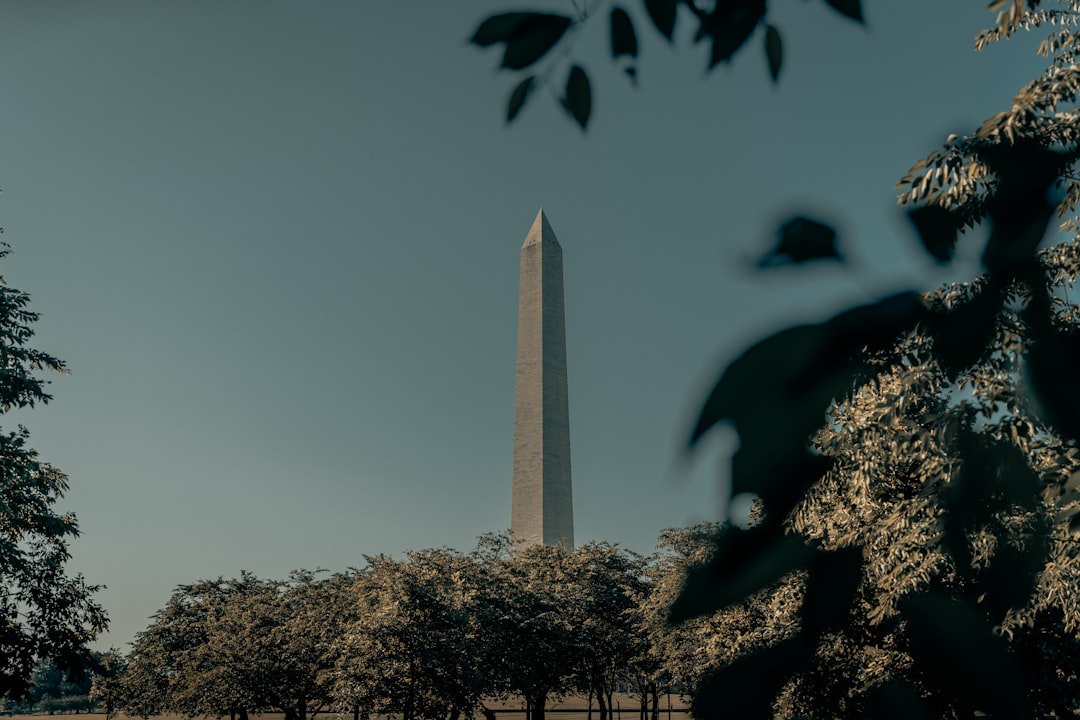
A Journey Through America's Monuments: A Complete Guide
## Introduction. When you think of the United States, images of vast landscapes, cultural tapestries, and historical legacies often come to mind. Among the most significant representations of this history are the numerous monuments scattered throughout the nation. These iconic structures not only serve as reminders of past events and figures, but they also encapsulate the collective identity of the American people. This guide will explore some of the most remarkable monuments across the U.S., delving into their historical significance and unique features, while offering insight into the best ways to experience them. ## The Lincoln Memorial. Located in the heart of Washington D.C., the Lincoln Memorial stands as a testament to the enduring legacy of President Abraham Lincoln. Designed by architect Henry Bacon, this exquisite monument features 36 columns, each representing a state in the Union at the time of Lincoln's death in 1865. The grand statue of Lincoln seated, carved by sculptor Daniel Chester French, looms large, reminding visitors of his profound impact on American history. ### Historical Significance. The monument was dedicated in 1922, and since then, it has been the site of numerous significant events, most notably Martin Luther King Jr.'s iconic 'I Have a Dream' speech delivered from its steps in 1963. This memorial not only honors Lincoln's role in abolishing slavery but also symbolizes the ongoing struggle for civil rights in the nation. ### Visiting the Memorial. The Lincoln Memorial is open 24 hours a day and is free to the public, making it an ideal stop for both tourists and locals alike. Visiting during sunrise or sunset grants a majestic view as the sunlight casts golden hues on its white marble. Don’t forget to take a moment to sit on the steps and enjoy the reflecting pool and the Washington Monument framed in the background. ## The Statue of Liberty. A symbol of freedom for millions of immigrants, the Statue of Liberty has welcomed visitors to New York Harbor since its dedication in 1886. Gifted by France to commemorate the centennial of the American Declaration of Independence, Lady Liberty stands 305 feet tall and is made of copper, which has turned green due to oxidation over the years. ### Historical Significance. This grand statue represents not only a beacon of hope for those seeking a better life but also a vital moment in U.S.-France relations. More than just a landmark, it served as a symbol of the United States' commitment to liberty, democracy, and opportunity for all. Each year, millions visit Ellis Island and Liberty Island to engage with this piece of history. ### Visiting the Statue. Visitors can take a ferry from Battery Park in Manhattan to reach Liberty Island. To fully appreciate the monument, consider booking a tour that allows access to the crown, providing panoramic views of New York City. The experience is enriched by a visit to the Ellis Island Museum, which highlights the immigrant experience. ## Mount Rushmore. Situated in the Black Hills of South Dakota, Mount Rushmore is one of America's most recognizable monuments, featuring the colossal faces of four U.S. presidents: George Washington, Thomas Jefferson, Theodore Roosevelt, and Abraham Lincoln. This impressive artwork is a masterpiece by sculptor Gutzon Borglum and took 14 years to complete, from 1927 to 1941. ### Historical Significance. Mount Rushmore was intended to draw tourists to South Dakota and promote the region's history and culture. Each face represents pivotal moments in U.S. history, making it a powerful symbol of democracy and the American spirit. The mountain itself is steeped in Native American history, adding an additional layer of depth to its significance. ### Visiting Mount Rushmore. The site is open year-round, and visitors can enjoy walking trails, visitor centers, and the iconic evening lighting ceremony during the summer months. The surrounding Black Hills region also offers outdoor activities such as hiking, rock climbing, and beautiful scenic drives, making it a perfect destination for adventure seekers. ## The Vietnam Veterans Memorial. Another powerful monument located in Washington D.C., the Vietnam Veterans Memorial pays tribute to the men and women who served in the Vietnam War. Designed by Maya Lin, this poignant structure consists of a black granite wall engraved with the names of over 58,000 servicemen and women who lost their lives in the conflict. ### Historical Significance. Dedicated in 1982, the memorial is a somber and reflective space, intended to provoke thought about the consequences of war and the sacrifices made by those who served. The reflective surface of the wall allows visitors to see their own images alongside the etched names, creating a deeply personal experience. ### Visiting the Memorial. Open 24 hours, the Vietnam Veterans Memorial is free and encourages visitors to leave personal mementos or notes to loved ones. The atmosphere is often heavy with emotion, offering a space for remembrance and healing. Nearby, the accompanying sculptures and plaques provide additional context about the war and its impact on America. ## Conclusion. Exploring America’s monuments offers a unique perspective on the nation’s history, ideals, and cultural identity. Each monument tells its own story, representing the struggles and triumphs that have shaped the United States. As you embark on your journeys, take the time to honor these landmarks, not only for their architectural beauty but for the invaluable lessons they impart. Whether you are visiting the Lincoln Memorial, standing in awe before the Statue of Liberty, admiring Mount Rushmore, or reflecting at the Vietnam Veterans Memorial, you are connecting not just with history but with the spirit of a nation. .







